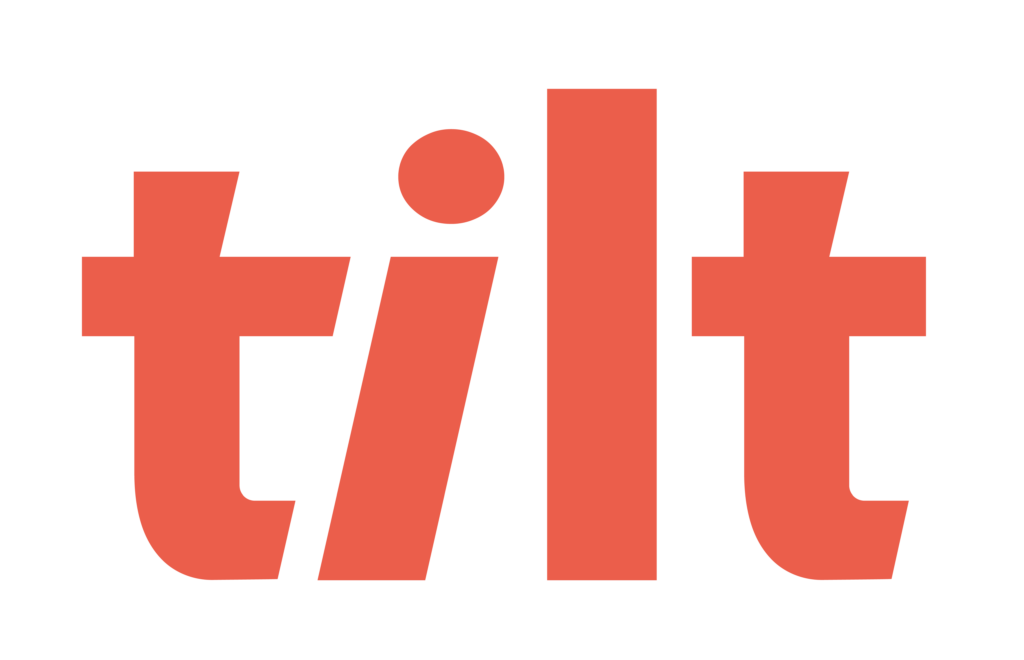Remote work is no longer just for niche industries or progressive companies that were fully remote before the pandemic (hey, like Tilt). While that’s undeniably a good thing for workers and their freedom to choose where they work, the proliferation of remote workforces comes with added managerial complexities that fall on the shoulders of often already overburdened People Teams.
One of the most sizable shifts having a remote workforce has had on a People Teams has to do with managing leave of absences. Having to hyper Google “latest California leave laws” at 10pm because Holly starts here leave in 2 weeks and just moved from your HQ in Kansas City to San Diego is nobody’s favorite thing to do.
Managing a remote workforce means more work for people teams, especially as it pertains to leave management, which means less time to be human and less time to do the work you enjoy because you’ve still got the same amount of resources. Understanding the added complexities that come with a remote workforce can help you be prepared until more resources arrive (some of you are laughing at that…we see you).
Out of Office & Out of Touch
One wrinkle that often gets overlooked is the way in which managers manage remote employees. In an office environment, there is a clear delineation in a manager’s mind that their direct report was in the office, and now that they’re on leave so they are not in the office anymore. This seems obvious, but that line gets blurred in a remote setting where a manager is already used to not seeing their employees face to face.
This can lead to a variety of leave-related concerns such as a manager not taking LOAs as seriously, or communicating with an employee on leave when they shouldn’t. Further, intermittent leave becomes even more confusing for managers who can’t physically see their direct report and therefore aren’t sure when they are or aren’t able to contact them.
This puts even more pressure on people teams to train and educate their managers on the do’s and don’ts of LOA. Getting this wrong can spell legal trouble even if your managers mean well.
What's the law where now?
In 2019 there were 7.3 million digital nomads in the workforce, and in 2021 that number rose to 15.5 million. As more companies switch to remote-friendly options and the new-hire talent pool continues making a remote-work lifestyle a must-have, People Teams are feeling the pinch to be experts in leave laws in new states and in a hurry.
How does this manifest in the day to day of LOA management? Well in our example above you would need to know that California has its own Paid Family Leave (PFL) state benefits, and you’d need to know how to help Holly apply and what the deadlines are, etc…Now had Holly moved to San Francisco and not San Diego, not only would you need to learn the ins and outs of the California programs, you’d need to know that San Francisco has its own Paid Parental Leave Ordinance (PPLO) that would come into effect.
As more and more states get proactive with providing leave policies to their residents, remote working will only cause an HR manager’s workload to get more complex and burdensome. Being a leave law expert in one state is hard enough.
Complexities at scale
Leave requests are on the rise, remote workers are on the rise, and with your employee headcount on the rise your anxiety is sky high, and rightfully so. The impacts a remote workforce has on managing leaves of absence all get amplified as your company scales. With upwards of 15% of employees needing to take a leave of absence at any point during the year, this means more administrative burden, more spreadsheet chaos, more leave law research, and more exposure to risk.
If you don’t have the resources to effectively manage your LOAs today, your workload is only going to get more cumbersome as you scale. That’s more leaves to track, more states laws and programs to keep track of, more spreadsheet tabs to organize, more risk of a manager flub and less time for you to do what you love.
Seeking a Solution
Remote work forces are magnifying the leave of absence management burden for people teams across the country. It’s not just a matter of an HR managers sanity either. Your people need a smooth LOA experience and frankly that’s becoming harder and harder to do manually by the day.
Having uniform processes and procedures and educating your employees can be a huge help, as can providing resources at the ready so all parties are on the same page. Sophisticated spreadsheets might be worth the time to develop so you can better track your leaves as well.
Leave management software is another solution that could save you time, money, reduce turnover, and protect you from lawsuits, all while ensuring your people are being treated like humans when they need it most. Outsourcing your least favorite task to software can be your miracle worker in the world of leave management.
About Tilt
Tilt is leading the charge in all things leave of absence management through easy-to-use tech and human touch. Since 2017, our proprietary platform and Empathy Warriors have been helping customers make leave not suck by eliminating administrative burdens, keeping companies compliant, and providing a truly positive and supportive leave of absence experience for their people.







